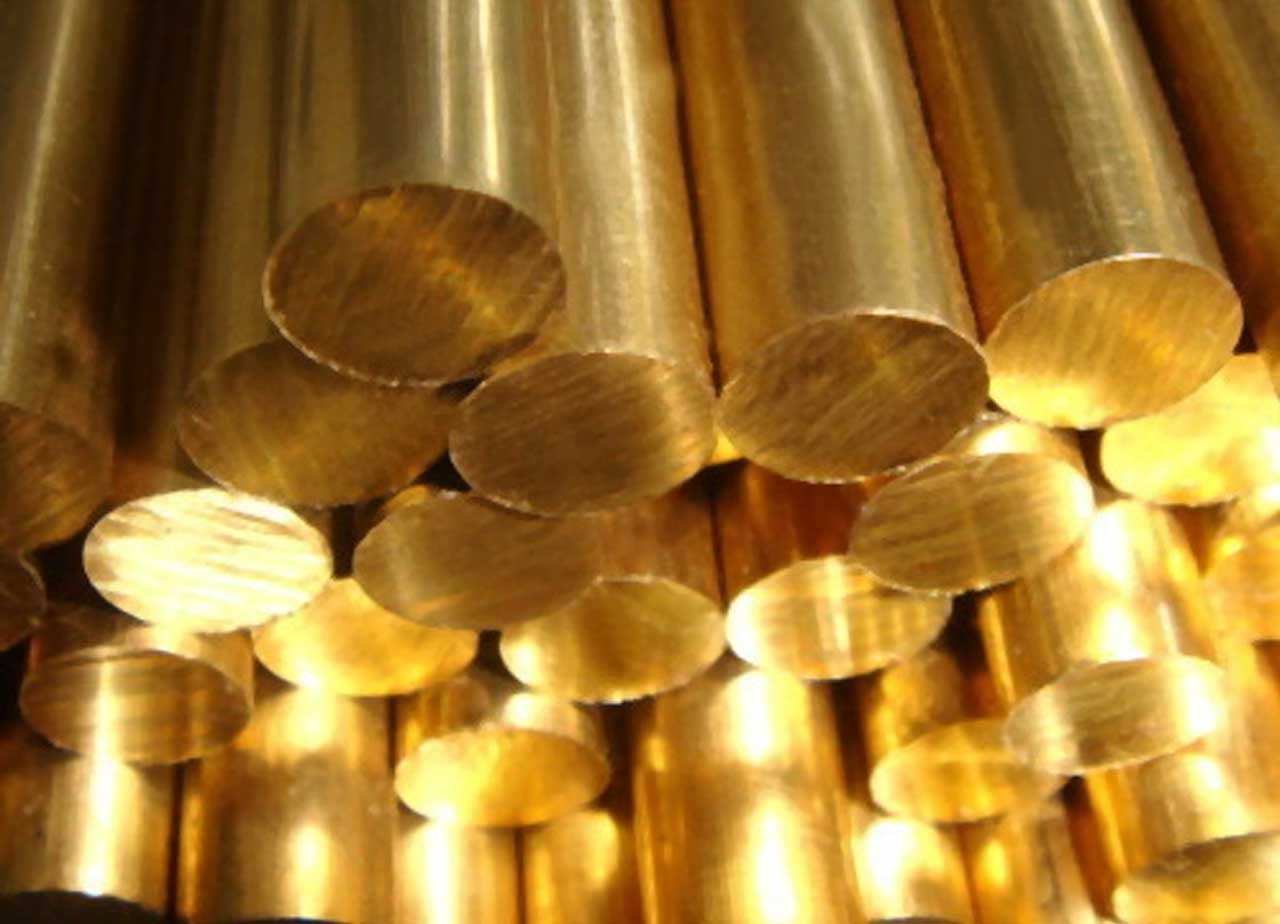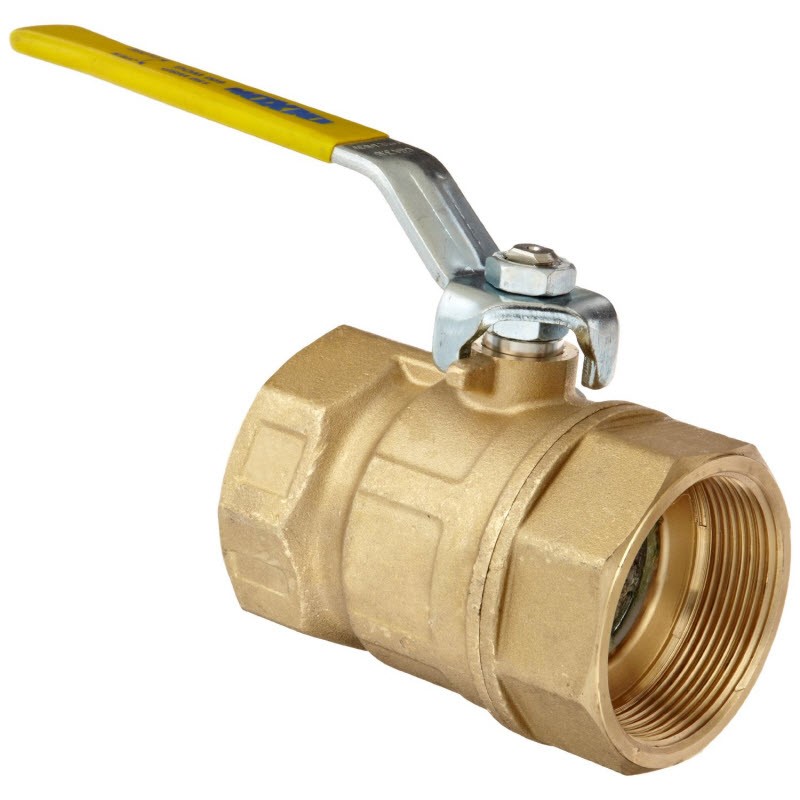Brass is an alloy, the majority of which consists of copper and zinc. The amount of copper and zinc are usually varied to produce different types of brass. Basic modern brass is 67% copper and 33% zinc. However, the amount of copper could range from 55% to 95% by weight, the amount of zinc varies from 5% to 40%.
Lead is commonly added to brass at a concentration of about 2%. Providing added machinability to the brass. However, significant lead leaching occurs, even in brass that contains relatively low overall concentrations of lead.
The use of brass includes in items like musical instruments, firearms cartridge casings, radiators, architectural trim, pipes and tubes, screws, and decorative items.

The properties of brass
Brass often has the appearance of bright gold, however, can also be reddish white gold or silver. A higher percentage of copper produces reddish tones, while more zinc makes the brass appear like a silver alloy.
Brass has greater malleability than both zinc and bronze.
Brass has the best acoustic properties suitable to make musical instruments.
This indicates a low friction metal.
Brass is a softer metal that can be used in cases when there is a low chance of triggering required.
Alloys have a relatively low melting point.
Brass is a good conductor of heat.
You can get corrosion-resistant brass, including galvanic corrosion from salt water.
Brass is simple to cast.
Brass is not ferromagnetic. Among other things, this makes it easier to separate from other metals for recycling.
Brass vs. Bronze
Brass and bronze may seem similar, but they are two different alloys. Here is a comparison between them:
Brass
The composition of the alloy of copper and zinc. Generally contains lead. May include such elements as iron, aluminium, manganese, silicon and others.
Golden yellow colour, reddish gold, or silver.
Softer than steel but still resistant to corrosion.
Ammonia exposure can result in stress cracks.
Has a low melting point.
Used for musical instruments, pipes, decor, low-friction applications (eg, valves, keys), tools and equipment used around explosives. For a choice of Brass Ball Valve, visit https://www.orseal.com/products/ball-valves/
Bronze
A copper alloy, usually combined with tin, but other elements are sometimes also used, including, phosphorus, manganese, silicon, and aluminium.
Usually not as bright reddish brown as brass.
A better conductor of heat and electricity than a lot of steel.
Resistant to corrosion also, as well as being hard and fatigue resistant. Usually, the melting point is slightly higher than brass.
Bronze is used in statues, instruments, reflectors, ship components, underwater components, springs and electrical connectors.
Bronze is an alloy that is much older, dating back to around 3500 B.C.E.

Identify Brass Composition by Name
Common names for brass alloys can be misleading, so the Unified Numbering System for metals and alloys is the best way to determine the metal composition and predict the right application. The letter C indicates the brass is an alloy of copper. The letter is then followed by five digits. brass forgings – suitable for mechanical form – starting with 1 to 7. Cast brass, which can be formed from molten metal formed is indicated by using 8 or 9.

